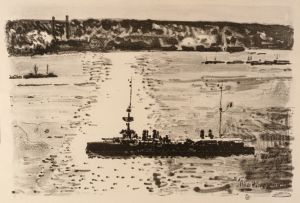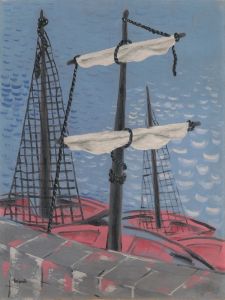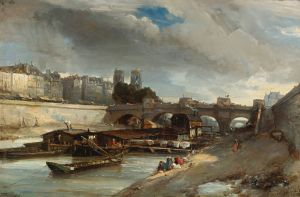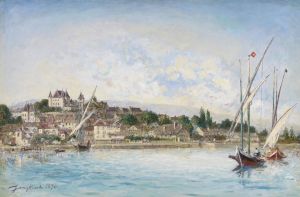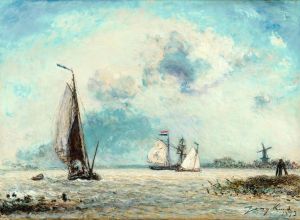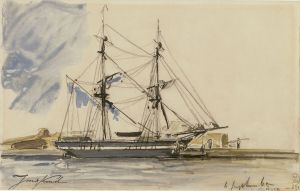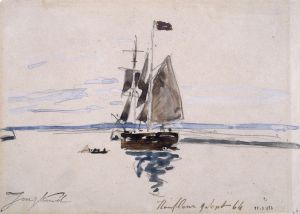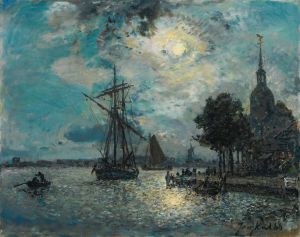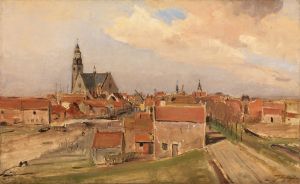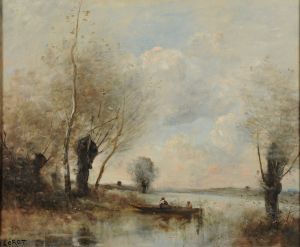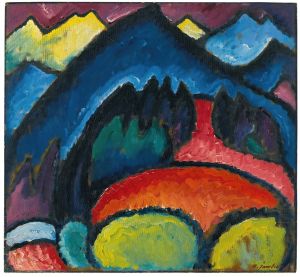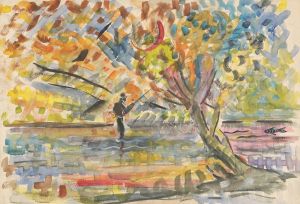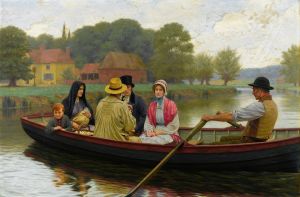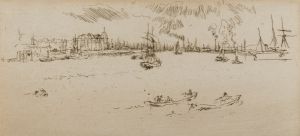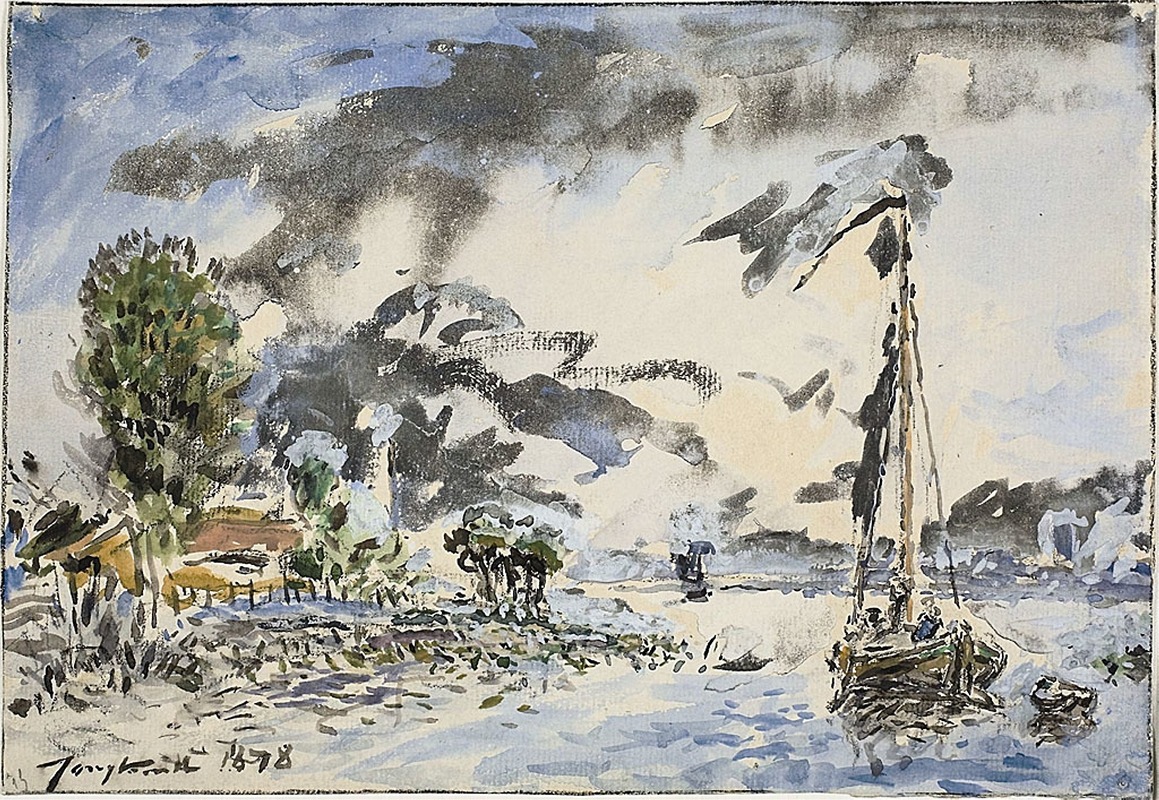
Fishing Boat
A hand-painted replica of Johan Barthold Jongkind’s masterpiece Fishing Boat, meticulously crafted by professional artists to capture the true essence of the original. Each piece is created with museum-quality canvas and rare mineral pigments, carefully painted by experienced artists with delicate brushstrokes and rich, layered colors to perfectly recreate the texture of the original artwork. Unlike machine-printed reproductions, this hand-painted version brings the painting to life, infused with the artist’s emotions and skill in every stroke. Whether for personal collection or home decoration, it instantly elevates the artistic atmosphere of any space.
Johan Barthold Jongkind was a Dutch painter known for his significant contributions to the development of Impressionism. Born on June 3, 1819, in Lattrop, Netherlands, Jongkind spent much of his career in France, where he became associated with the Barbizon School and later influenced the Impressionist movement. His works are celebrated for their innovative use of light and atmosphere, capturing the essence of landscapes and marine scenes.
One of Jongkind's notable works is "Fishing Boat," a painting that exemplifies his mastery in depicting maritime subjects. Although specific details about this particular painting are limited, Jongkind's oeuvre frequently includes scenes of boats, harbors, and coastal landscapes, reflecting his deep fascination with the sea and its surroundings.
Jongkind's technique in "Fishing Boat" likely showcases his characteristic style, which combines elements of realism with a keen observation of natural light. His brushwork often appears loose and fluid, allowing him to capture the transient effects of light on water and sky. This approach was influential in shaping the techniques of later Impressionist painters, including Claude Monet, who regarded Jongkind as a mentor and a source of inspiration.
Throughout his career, Jongkind was known for his plein air painting, a method that involves painting outdoors to directly capture the scene in front of the artist. This practice allowed him to observe and render the subtle changes in light and atmosphere, which became a hallmark of his work. In "Fishing Boat," Jongkind would have employed this technique to convey the dynamic interplay between the boat, the water, and the surrounding environment.
Jongkind's impact on the art world extends beyond his paintings. His approach to capturing light and his innovative use of color and composition paved the way for the Impressionist movement, which emerged in the late 19th century. Artists such as Monet, Édouard Manet, and Pierre-Auguste Renoir drew inspiration from Jongkind's work, adopting and expanding upon his techniques to develop their own distinctive styles.
Despite facing personal challenges, including struggles with mental health and financial difficulties, Jongkind remained dedicated to his art throughout his life. He continued to paint and exhibit his works, gaining recognition and admiration from both contemporaries and later generations of artists.
Jongkind passed away on February 9, 1891, in La Côte-Saint-André, France. Today, his paintings are held in numerous prestigious collections worldwide, including the Musée d'Orsay in Paris and the Rijksmuseum in Amsterdam. "Fishing Boat," like many of his works, serves as a testament to Jongkind's enduring legacy and his pivotal role in the evolution of modern art.
In summary, while specific information about the painting "Fishing Boat" by Johan Barthold Jongkind is limited, the artist's broader body of work and his influence on the Impressionist movement are well-documented. Jongkind's innovative techniques and his ability to capture the essence of light and atmosphere continue to be celebrated and studied by art enthusiasts and historians alike.





